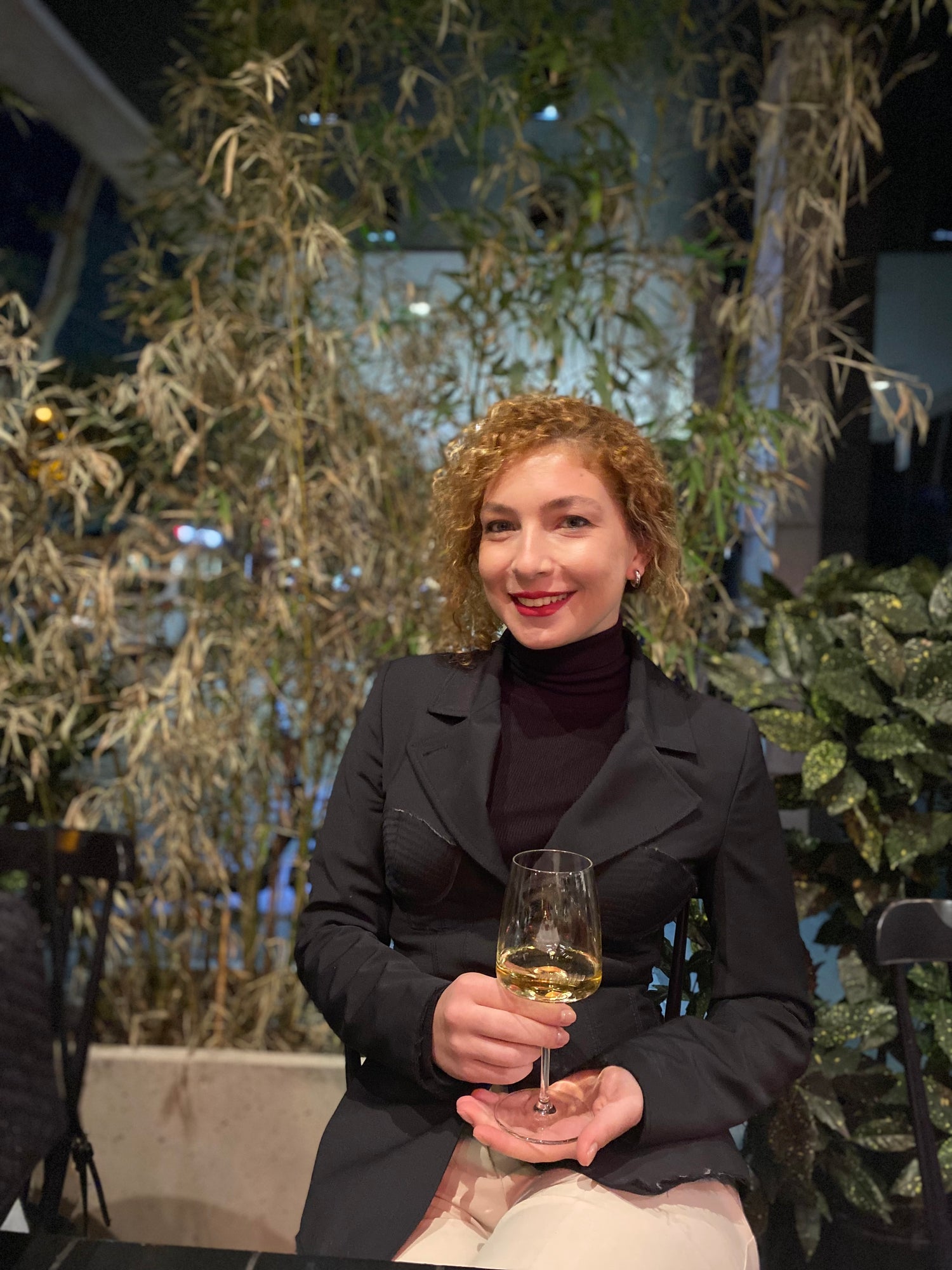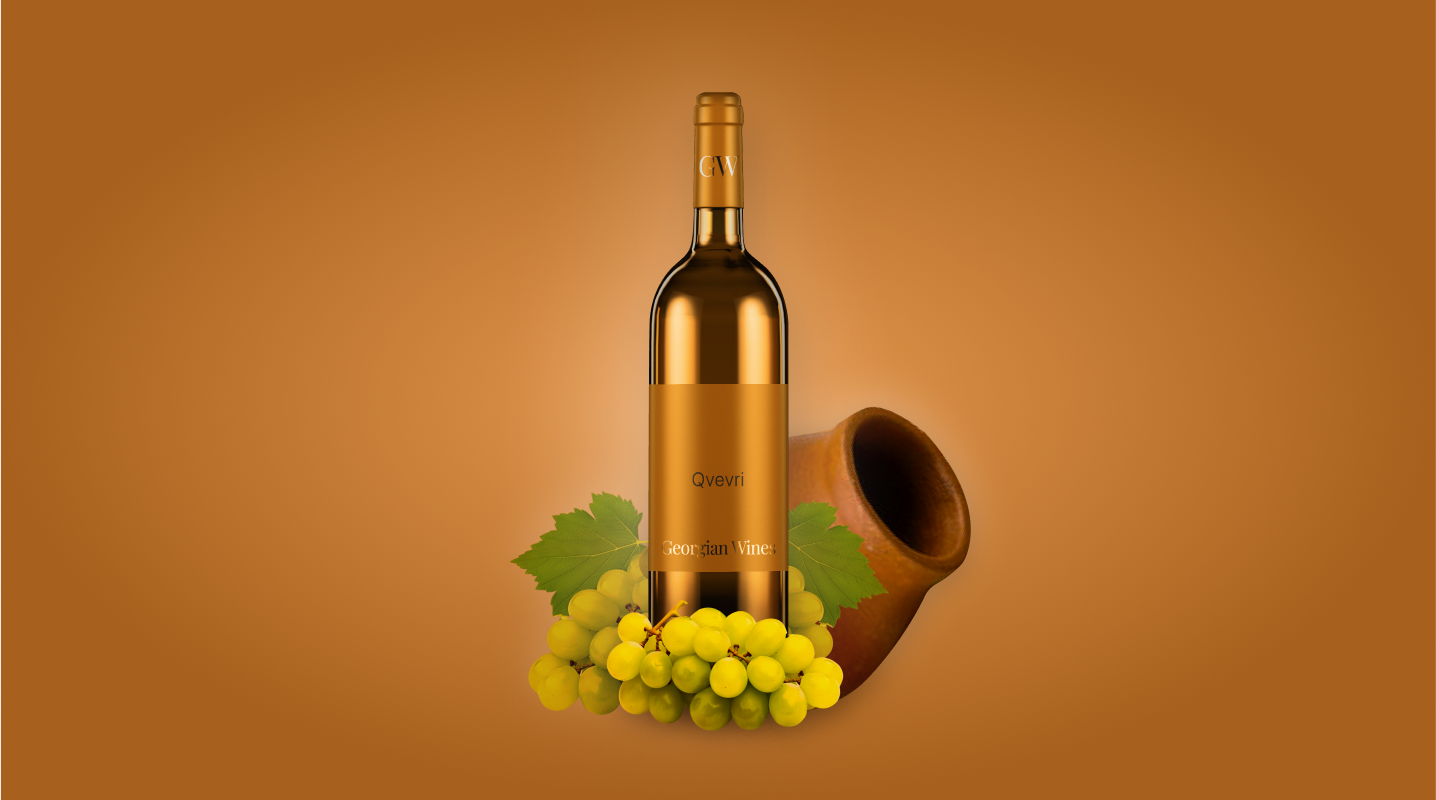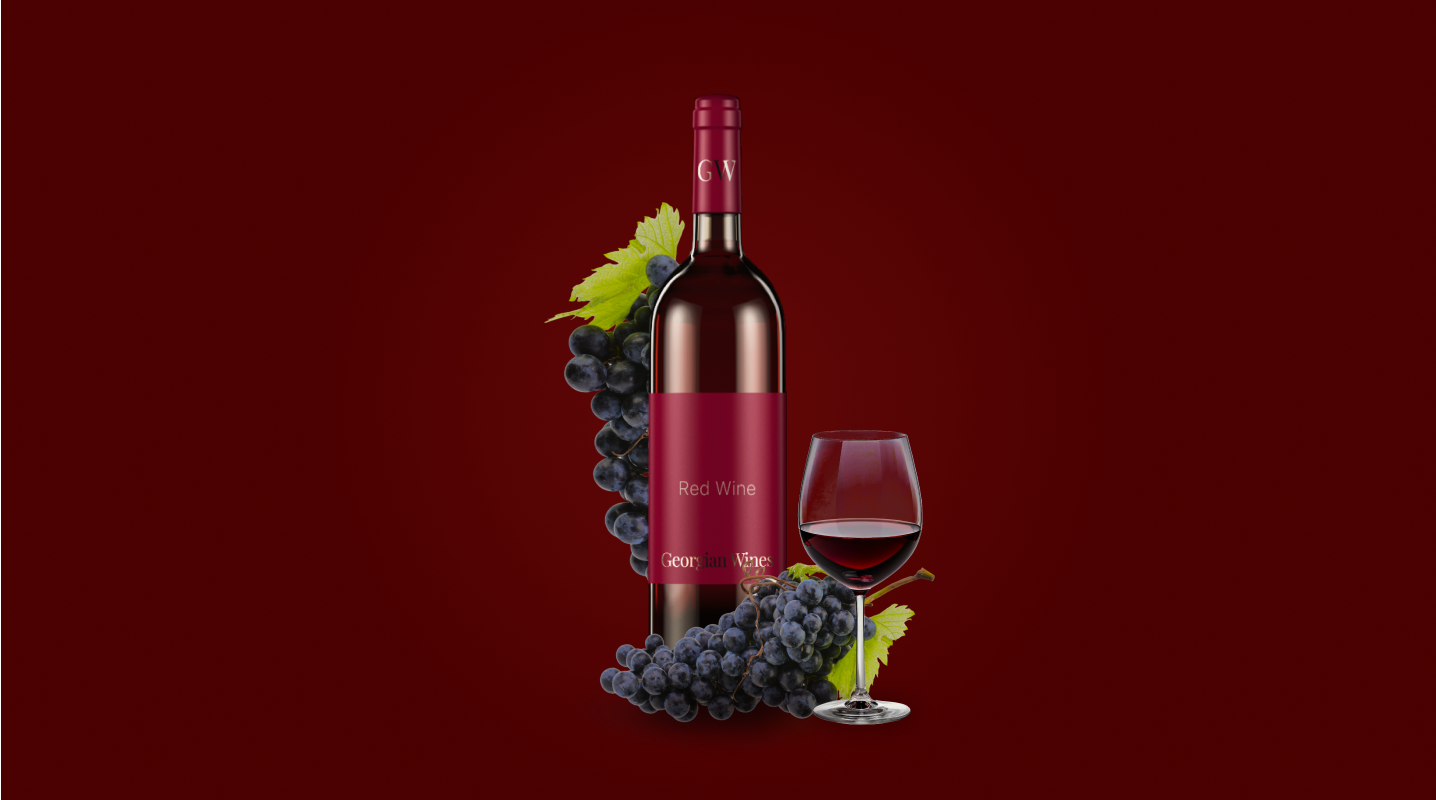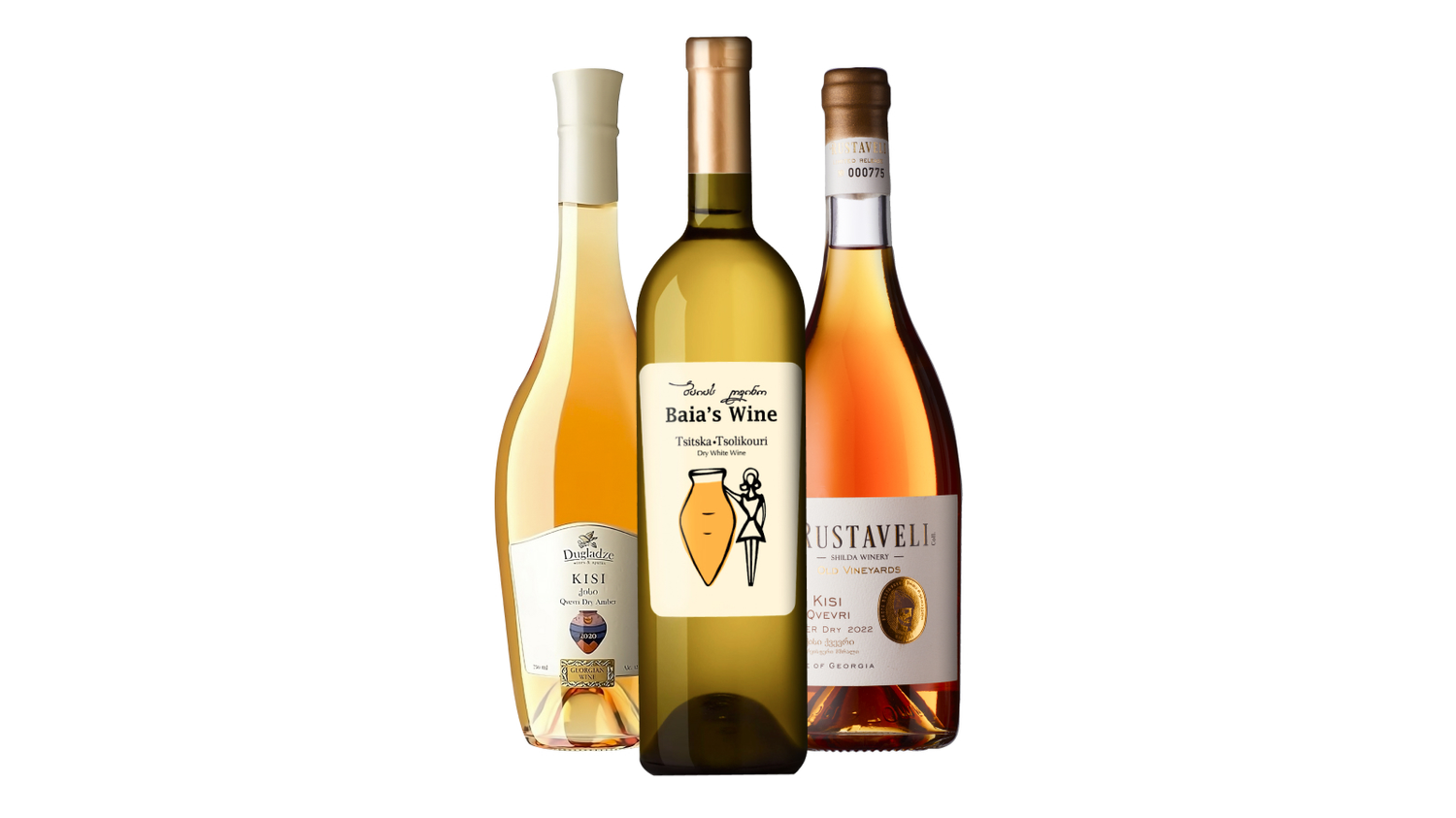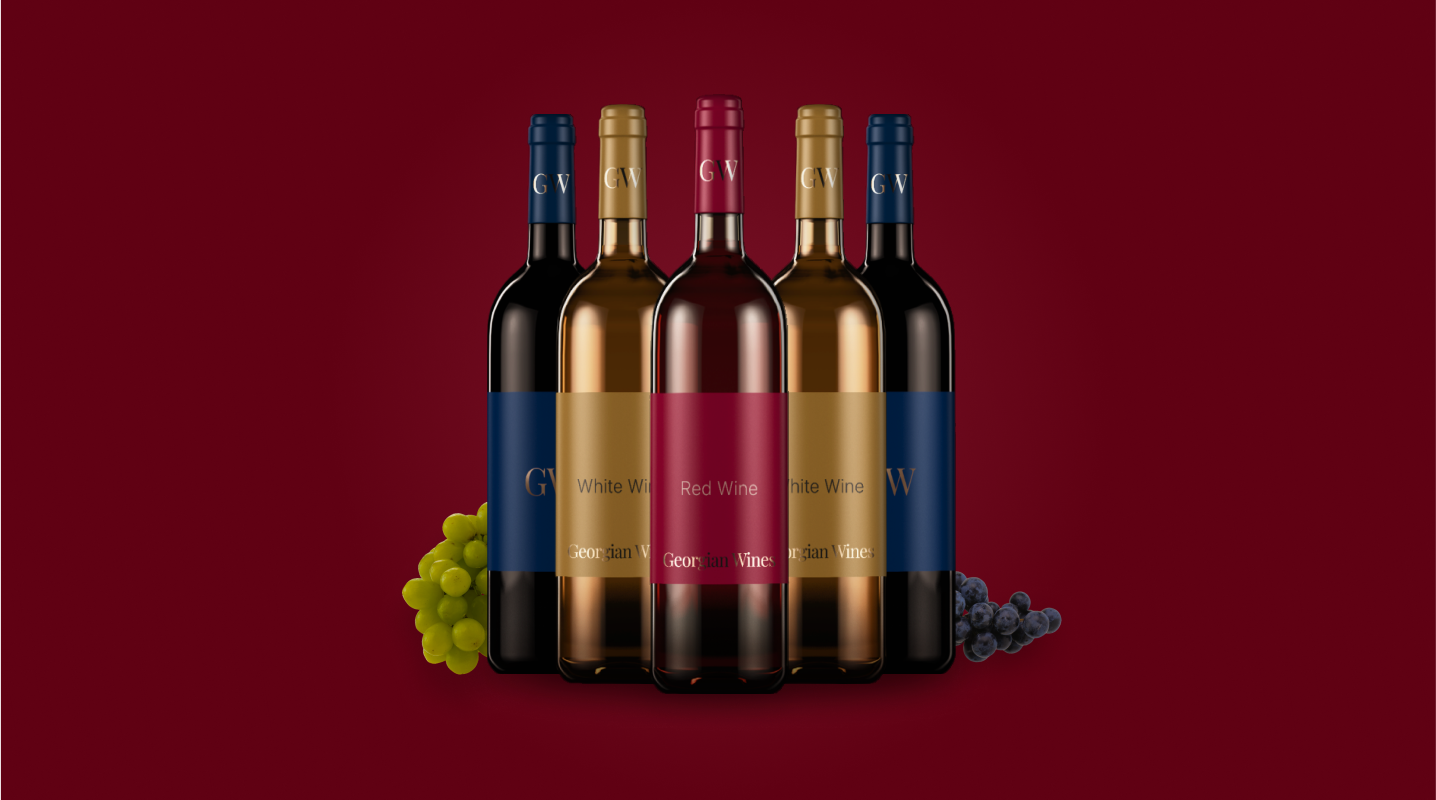If terms like winemaking methods and their impact on wine leave you scratching your head, don’t worry—you’re not alone. A few years ago, I was right there with you.
Back then, my wine world was all about qvevri wines, homemade vintages, and the occasional bottle that fell somewhere in between. I arrived in Germany with exactly zero knowledge of modern winemaking and a heart full of love for Georgian qvevri wines - 100% devoted!
At first, I struggled to embrace new styles, the sleek stainless steel tanks and precise techniques of modern winemaking felt like uncharted territory. But as I dove deeper into this craft, my perspective evolved. Now, I can truly appreciate the beauty in both worlds—the art of modern winemaking and the soulful, ancient charm of Georgian amber wines.
(And if I’m being a little biased here—well, nothing quite compares to Georgian wines. But you’ll have to taste them to believe it 😉).
In this article, I’ll explain exactly how winemaking methods shape the wine you drink. But before we dive in, isn’t it fascinating how truly incomparable wine is as a “product”? It’s more than just a drink—it’s like a mirror, reflecting not only the country but also the unique character of each wine region. With just one sip, you can begin to sense where the wine was made, when it was crafted, and how. Yet, despite all of this, there’s no set recipe to follow—it’s all about the magic of the terroir!
Winemaking in Georgia dates back more than 8,000 years, making it one of the oldest wine regions in the world. The centerpiece of this tradition is the Qvevri—large, egg-shaped clay vessels buried underground, used for fermenting, aging, and storing wine. But modern winemaking technologies are also successfully used in Georgia. Both methods yield wines of remarkable quality, but they differ significantly in how they influence the final product’s taste, texture, and overall experience.

The key characteristics of Qvevri wines:
- Natural Fermentation: Grapes, skins, seeds, and stems are placed in the qvevri and left to ferment naturally, without any added yeasts or chemicals.
- Skin Contact: The extended skin contact, especially for white wines, gives them a distinct amber color and complex tannic structure, often referred to as "orange wines."
- Minimal Intervention: During prolonged skin contact (maceration), many substances dissolve from the skin and pass into the wine, which act as natural preservatives and the addition of sulphites is usually no longer required until bottling.
- Minimal Temperature Control: Because the Qvevri is buried underground, the temperature is naturally regulated. This cool, steady environment results in a slower fermentation, which tends to bring out subtle nuances and complex aromas in the wine.
- Sediment collection: The curved bottom of the egg-shaped qvevri allows sediments (lees) to naturally settle and collect at the bottom. This reduces the movement of sediments, ensuring a clearer wine during aging without frequent racking (moving the wine to separate it from the sediment).
- No filtration: Natural filtration thanks to the shape of the qvevri and natural sedimentation of stems and skins.
- Earthy Flavors: Wines made in qvevri often have a distinctive earthy or mineral character, with flavors of dried fruits, herbs, and spices, as well as a textural depth that comes from the prolonged skin contact.
- Aging Potential: Wines produced using qvevri tend to have great aging potential due to the natural tannins and minimal oxygen exposure during fermentation and maturation.
Modern Winemaking: Precision and Control
On the other hand, modern winemaking techniques, which have evolved significantly over the past century, emphasize precision, consistency, and efficiency. Stainless steel tanks, temperature-controlled fermentation, and advanced filtration methods allow winemakers to create wines with a high level of control over the final product.
- Yeast selection: Modern winemakers typically use cultured yeast strains to start fermentation. These selected yeasts are chosen for their reliability and ability to enhance specific aromas and flavors in the wine.
- Controlled Temperature: Fermentation temperatures are closely monitored and controlled to prevent off-flavors and ensure a consistent product. This control results in a cleaner, more predictable wine style, with brighter fruit flavors and a fresher, more polished finish.
- No Skin Contact for White Wines (mostly): In modern winemaking, white wines are often fermented without skin contact, leading to a lighter, more delicate style. Without the tannins from the grape skins, these wines are typically crisp, aromatic, and fruit-forward, in contrast to the bolder, more tannic amber wines produced in qvevris.
- Stainless Steel & Oak Aging: Modern wineries frequently use stainless steel tanks for fermentation and storage, offering a neutral environment that preserves the pure fruit flavors of the wine. For added complexity, some wines are aged in oak barrels, which introduce flavors like vanilla, spice, and toast. This approach allows winemakers to fine-tune the wine’s style based on market preferences or trends, making the final product more approachable and consistent.
- Fining & Filtration: To achieve clarity and stability, modern wines are often fined and filtered before bottling. This process removes sediments, proteins, and other particles, resulting in a crystal-clear wine that’s free of haze or cloudiness. While this creates a visually appealing wine, it can also strip away some of the natural texture and character found in less processed wines.
How They Affect Wine Style
The stark contrast between qvevri and modern winemaking leads to distinctly different wine styles:
- Flavor Profile: Qvevri wines are often more earthy, with complex layers of spice, dried fruit, and mineral notes. The use of natural fermentation and extended skin contact results in wines with robust tannins and a rich, textured mouthfeel. In comparison, modern wines are generally fresher, fruitier, and more consistent, with a polished and clean finish.
- Aging Potential: Qvevri wines, due to their traditional aging methods and the influence of oxygen through the clay, often have remarkable aging potential, developing deeper, more nuanced flavors over time. Modern wines, particularly those aged in stainless steel, are often designed to be consumed young, with bright fruit flavors that diminish with age.
- Texture and Structure: The extended skin contact in qvevri winemaking gives wines a bolder structure and more tannins, even in whites, creating a wine that feels more akin to red in its weight and mouthfeel. Modern wines tend to be more straightforward, with smooth tannins (if any) and a clean, lighter texture.
Old vs. New: Tradition Meets Innovation
There is no better or worse, right or wrong, it is truly individual. Qvevri wines are my first love, incomparable! But I've also come to appreciate the benefits of modern winemaking. The clean, crisp flavors, the reliability, and the consistency that technology brings are undeniable. Modern wines can be bright, fresh, and easier to enjoy, but not only, they can be bold, complex, rich in tannins, and elegant.
For me, it’s not about choosing one over the other. Qvevri wines carry the soul of Georgia, offering a rustic, honest expression of the land. Modern wines, on the other hand, bring refinement, consistency, and creativity. I love that we can have both—a glass of tradition in one hand, and a taste of the future in the other. Both styles, in their own way, celebrate the beauty of wine and how it can tell the story of the place it comes from.
And here's a small question to you: Which one do you think is the more sustainable method?


